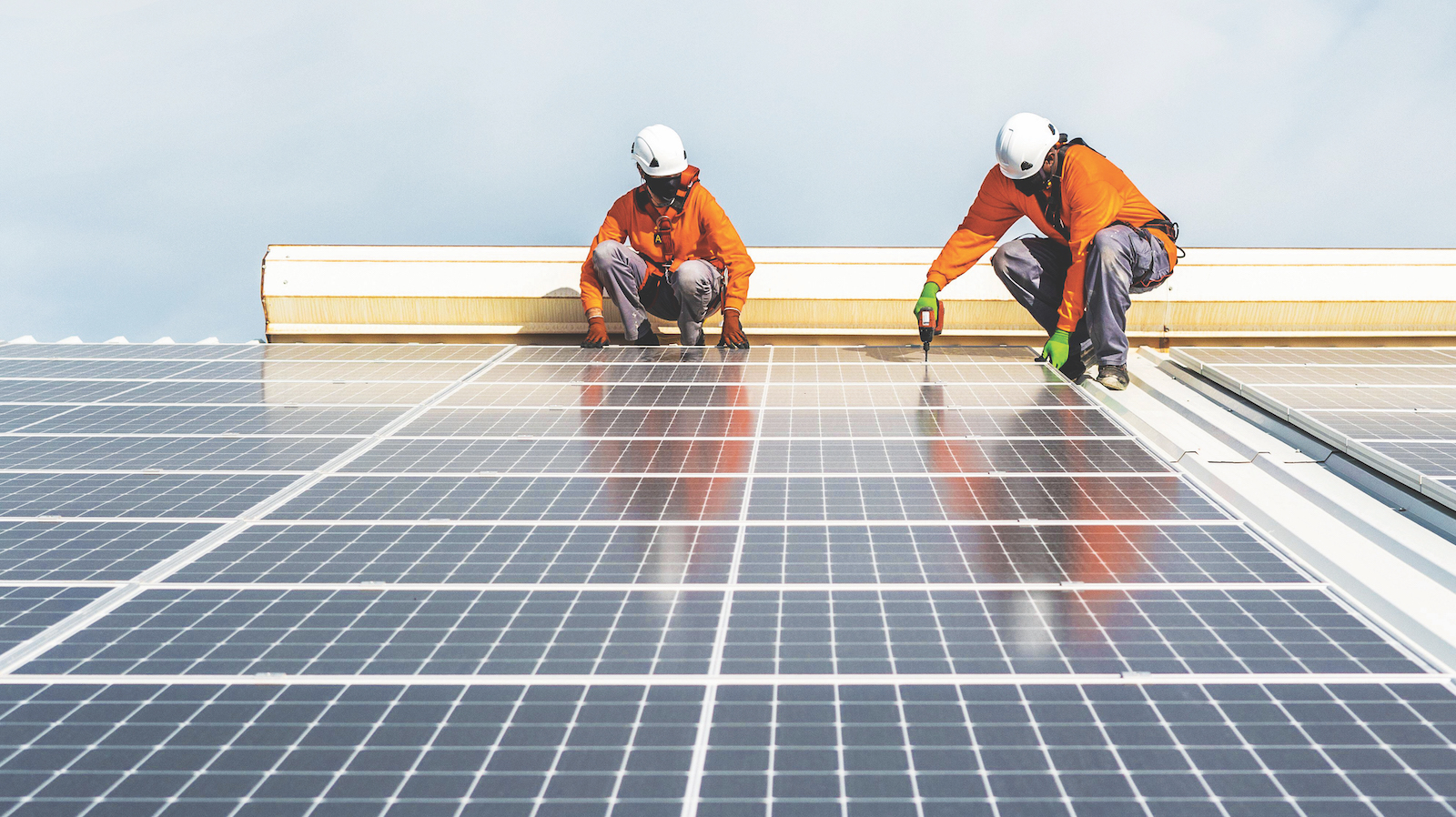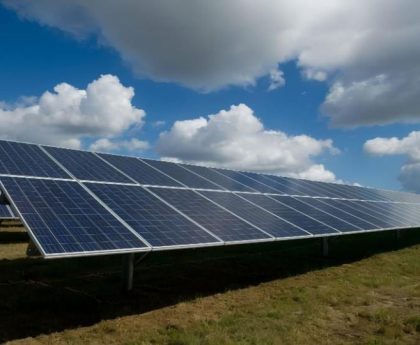On Earth Day, Dave Edwards asks questions about the ethical and environmental impact of photovoltaic panels, their manufacture, use and disposal.

As a construction cost consultancy, ensuring we deliver the best value for clients while keeping an eye on the latest developments and tech is key. With electrical installation specialist Powercor, we’ve engaged in several solar photovoltaic (PV) projects.
But are they really sustainable? Do the benefits, both financial and ethical, outweigh the costs?
The benefits of PV panels are well-documented, notably being lower energy bills and the potential to feed energy back into the grid.
However, their installation is not without issues. These include the ability to accurately measure embodied carbon, the impact from production, and dealing with end-of-life issues and recycling.
Measuring embodied carbon
Estimates of the embodied carbon impact vary wildly because of the many variables involved in manufacture, transportation, use and post-use.
Most PV panels come from China, and a lot of electricity is used in that process. In China, most of the electricity is generated using coal. This irony cannot be lost on many.
The manufacturing of PV panels involves numerous hazardous materials, including hydrochloric acid, sulfuric acid, nitric acid, hydrogen fluoride, 1,1,1-trichloroethane, and acetone.
There are also risks to human health in the manufacturing process. The monitoring of these risks is arguably less stringent in parts of China.
There are also ethical questions about the labour used in the process, particularly in China. A UK government report has noted several concerns. And from an ESG (environment, social and governance) perspective, there may well be questions that reach far beyond just the carbon footprint of the panels’ manufacture.
Whole-life issues
There will be some degradation in performance during the life of a PV panel, which is typically around 25-30 years.
Then there are end-of-life considerations, given the already noted chemicals and substances involved in PV panels. When that 25-30-year cut-off point is reached, when the panel is no longer useful, what next?
Defined as e-waste in the Waste Electrical and Electronic Equipment regulations, there are strict rules around the recycling and re-use of materials in the panels. Some estimates suggest that 96% of the panels can be recycled – though of course, the carbon used in that recycling process is a consideration. Nevertheless, as recycling and reuse technology progresses in the next 25 years, it seems likely that almost all panels will be substantially recyclable.
The future of PV
We have seen how various PV projects help reduce energy bills and offer opportunities for revenue generation through innovations like car charging stations. As a proven technology with limited maintenance, it’s a no-brainer if you have a south, east or west-facing roof.
The imperative for the world to seek energy sources other than coal and gas means that it’s unlikely PV installations will slow any time soon. The significant benefits outweigh the costs and drawbacks.
As technology and techniques improve in the coming years, we should start to see even more extensive use of PV on projects. The efficiency of the panels is increasing all the time. With innovations such as transparent panels on the horizon, entire buildings could be clad in PV systems.
But ethical and environmental concerns remain about PV panels and their manufacture, use and disposal, which we should not lose sight of.
This post was originally published on 3rd party site mentioned in the title of this site






